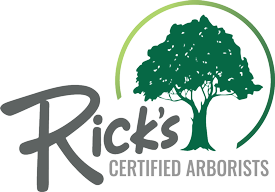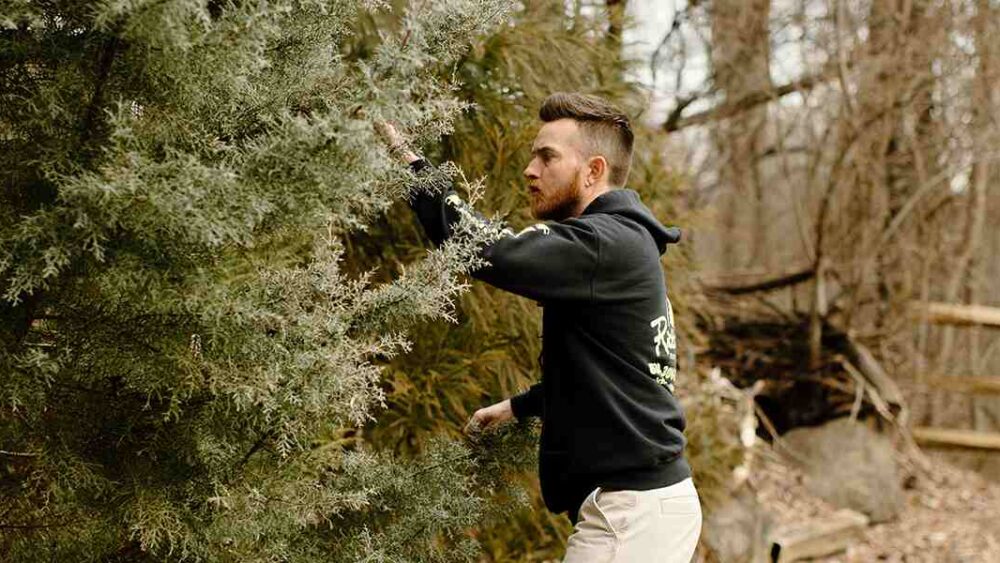Native Pennsylvania plants have evolved to grow and thrive with native Pennsylvania wildlife, feeding each other and benefiting the environment. They act as a food source for beneficial insects, increasing pollination and feeding birds, mammals, and more. However, many locals look to non-native species to beautify their gardens and landscaping.
West Chester’s tree arborist from Rick’s PHC Certified Arborists explains why including native plant species remains necessary for the environment and urges property owners to consider the local wildlife when landscaping. We offer several gorgeous species to add to your property in the following.
Benefits of Using Native Plants
You and the environment benefit from using native plants because of the following reasons:
- Saves on water: Local plant species grew accustomed to local levels of rain and function optimally on natural rainfall. You’ll spend less time and water using native species.
- Wildlife: Native plants provide a reliable and secure food source for the local birds, pollinators, and other animals. They offer a natural habitat, ensuring future survival.
- Fewer pesticides: These local plants evolved alongside the local insects, learning to defend against them when necessary. Nonnative species require more pesticide use to maintain attractiveness because they cannot protect themselves.
- Less maintenance: The local plants thrive in the Pennsylvania soil types and respond to the amounts of rain, sun, and pollination. Property owners won’t worry about their survival as much as nonnative plants.
Pennsylvania’s Native Tree and Plant Species
Some of the many native Pennsylvania plants available for your landscaping project include the following:
1: Sugar Maple
Throughout the seasons, this native tree provides a vast array of vibrant colors, changing from dark greens to reds, yellows, and oranges. Sugar maples are large, deciduous trees adding a pop of color.
2: White Yarrow
White yarrow offers beautiful creamy flower clumps year after year. Its fern-like foliage remains resistant to disease, adds a great addition to any flower bed, and attracts butterflies.
3: Maidenhair Fern
The perfect foliage addition to any garden, this lovely fern offers a bright green color year-round.
4: Anise Hyssop
This perennial provides a sweet fragrance, and its purple flower spikes attract bees, butterflies, and other pollinators.
Nonnative Plants Harm the Environment
Nonnative species may appear attractive, but they offer several disadvantages. Aside from the additional work in maintaining their beauty, these plants harm the local species by hoarding nutrients and invading space. They starve the environment and do not introduce more food sources or habitats, affecting the local symbiotic relationship between plants and wildlife.
Contact Our Team for Landscaping Assistance
Learning about your local wildlife and plant species goes a long way to creating a long-lasting and beautiful landscape. For more information on tree maintenance or to learn more about invasive parasitic plants on trees and how to combat them, contact the professionals at Rick’s PHC Certified Arborists.
If you need help with landscaping or wish to include more native Pennsylvania plants, contact Rick’s PHC Certified Arborists at 610-840-2655 and request an estimate in West Chester, PA, today!


Comments are closed.